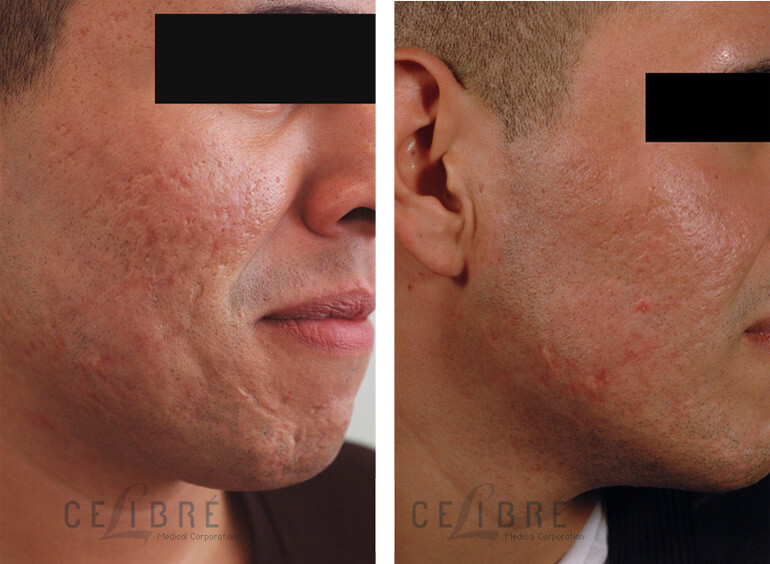If you’re thinking about having laser resurfacing and have been doing some homework, you’ve probably come across CO2 laser resurfacing. If you’re still confused about it, it’s okay! We’re here to help you understand and make sense out of all the information out there today. Let’s start with some basic information.
What is Laser Resurfacing?
Laser resurfacing is a cosmetic treatment that can help improve the texture, elasticity and/or color of your skin. There are two forms of resurfacing: ablative and non-ablative. CO2 laser resurfacing is an ablative procedure that causes tissue injury to the surface of the skin. Essentially, we make a tiny wound that your body must heal, and this is how we stimulate your skin to make new collagen. The injury and subsequent collagen development makes new skin looks tighter, firmer and younger!

What is CO2 for?
CO2 is for Carbon Dioxide. This is the material used in the development of the laser beam used in the resurfacing procedure. CO2 lasers use light at a wavelength of 10,600 nanometers. This wavelength penetrates the skin and targets water in all of our cells. Once the light energy is absorbed into skin, it’s quickly converted into thermal energy. This heat is so intense, that the skin literally vaporizes where the laser hits it. This is why CO2 laser resurfacing is so good at producing a “controlled” wound in your skin.
What is Fractional CO2 Laser Resurfacing?
This is where it can get a bit confusing for some. Fractional CO2 laser resurfacing works in the exact same way as described above except that the beam of light energy passes through a filter (like a strainer) that splits it up into lots of smaller laser beams. Hence, fractional resurfacing removes only a portion of the treated area, usually 20% – 70%.
Older, “full field” ablative CO2 resurfacing couldn’t be done on darker skin types. Many patients suffered with infections, scarring and permanent, unwanted textural changes in their skin afterwards. Not to mention the fact that most people took at least 2 to 4 weeks to heal enough to return to work and social events. In short, the older, non-fractionated or full field resurfacing treatments were a bit of a tough sell and could only be provided to Caucasian skin types.
Fractional CO2 changed all that. The results are still impressive, but there’s much less risk of problems afterwards, and you can be fully healed usually within about a week. Newer technologies that use different energy sources such as erbium can be used on even the darkest, African American skin type (color).
Benefits of CO2 Laser Resurfacing
The benefits of CO2 laser resurfacing come about during the healing process. For example, patients with acne scars are able to improve the texture of the skin because the resurfacing procedure removes scar tissue and during the healing process, the body generates new, soft collagen that heals the skin smoother than it was prior to treatment.
What’s the Downtime for CO2 Laser Resurfacing?
This is depends on whether you have a full field or fractional treatment. Full field will require you to have a general anesthetic and typically requires several weeks of recovery. Fractional CO2 laser resurfacing can be done with a combination of local and topical anesthetic and recovery times are usually within about 5 to 7 days.
Whichever you decide is best for you, make sure that your laser practitioner has plenty of experience and walks you through step-by-step of either procedure. Being prepared and fully informed on your treatment is the best way to ensure that you are happy with your experience and results after!

